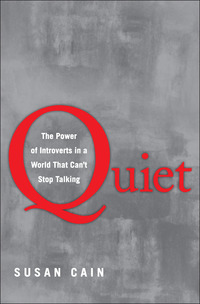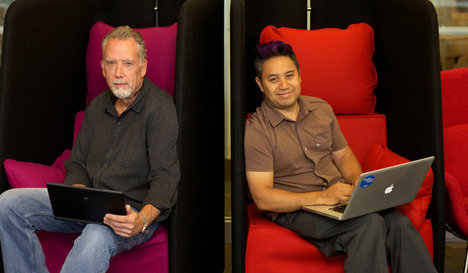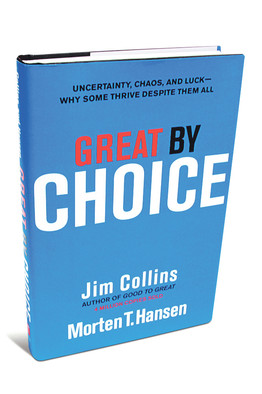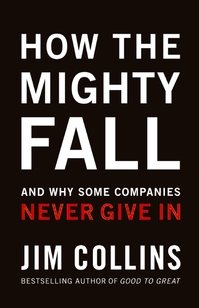Source of book image: http://timeopinions.files.wordpress.com/2012/01/quiet-final-jacket.jpg
(p. 4) When the R.C. Hedreen Company, a real estate development firm based in Seattle, commissioned a renovation of a 10,800-square-foot floor in an old downtown office building five years ago, it specified a perimeter of private offices. Collaborative spaces are provided for creative teamwork, but the traditional offices remain the executives’ home ports.
”Individually, a lot of our workday is taken up with tasks that are better served by working alone in private offices,” says David Thyer, Hedreen’s president.
Susan Cain, author of ”Quiet: The Power of Introverts in a World That Can’t Stop Talking,” is skeptical of open-office environments — for introverts and extroverts alike, though she says the first group suffers much more amid noise and bustle.
Introverts are naturally more comfortable toiling alone, she says, so they will cope by negotiating time to work at home, or by isolating themselves with noise-canceling headphones — ”which is kind of an insane requirement for an office environment, when you think about it,” she says.
Ms. Cain also says humans have a fundamental need to claim and personalize space. ”It’s the room of one’s own,” she says. ”Your photographs are on the wall. It’s the same reason we have houses. These are emotional safety zones.”
For the full story, see:
LAWRENCE W. CHEEK. “Please, Just Give Me Some Space: In New Office Designs, Room to Roam and to Think.” The New York Times, SundayBusiness Section (Sun., March 18, 2012): 1 & 4.
The book mentioned is:
Cain, Susan. Quiet: The Power of Introverts in a World That Can’t Stop Talking. New York: Crown, 2012.




